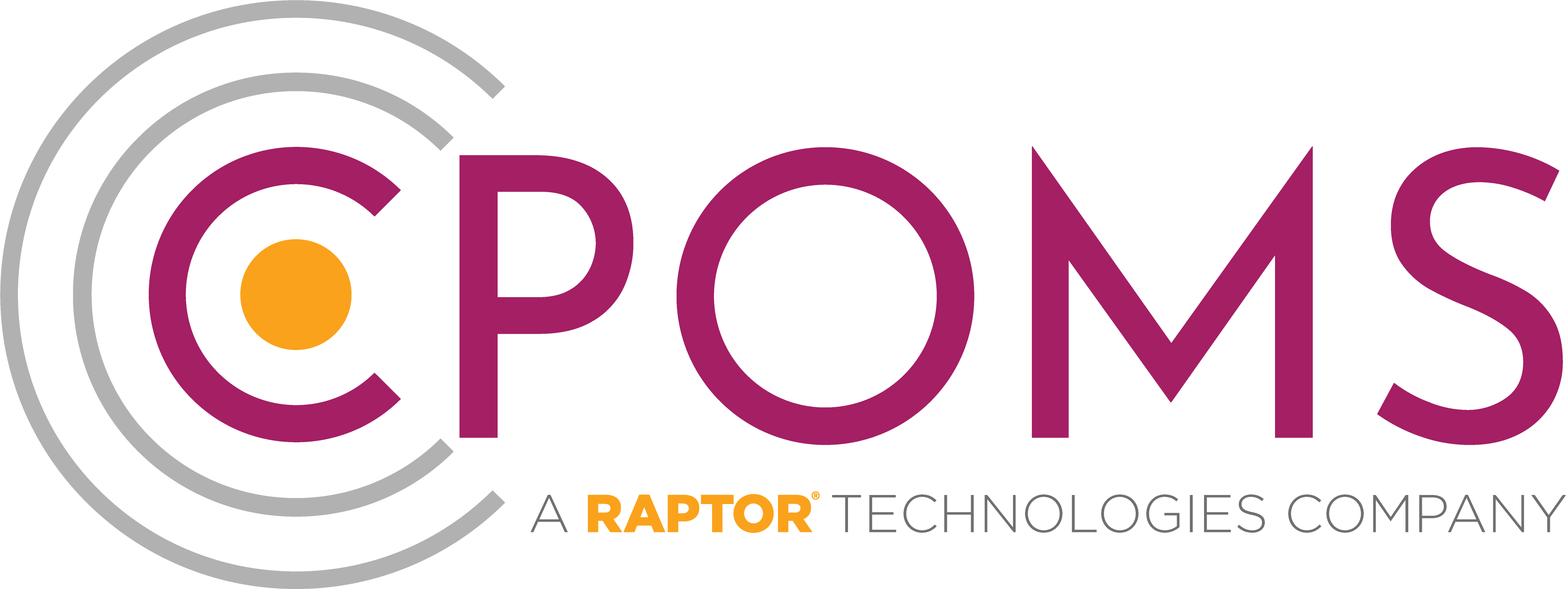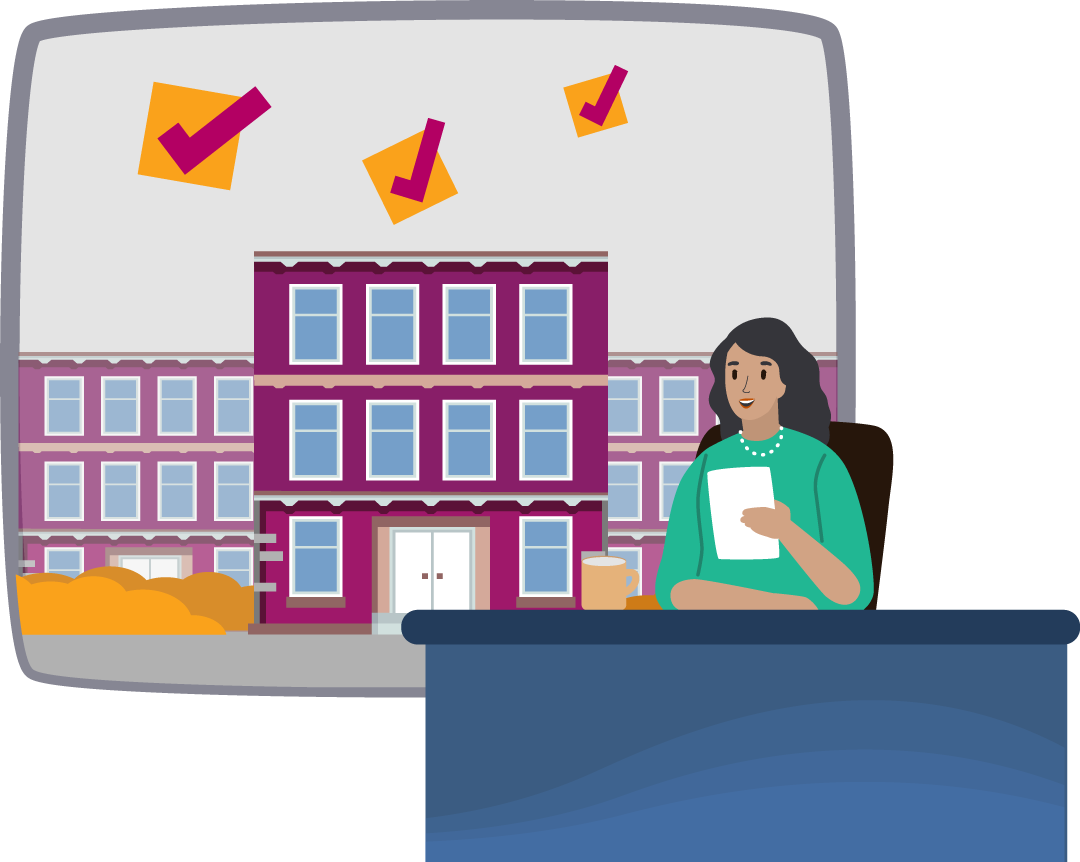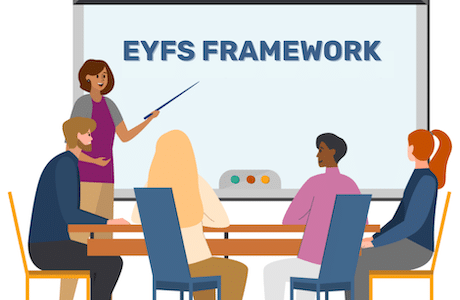Last year, the Welsh government updated its specific guidance that all schools in Wales, including nursey schools, independent schools and colleges as well as local authorities and governing bodies, must follow. The Keeping Learners Safe guidance is the Welsh Government’s statutory guidance for the Education Act 2002, intended for all those in Wales working with children and young people in an education setting or related agency and outlines the processes and expectations for keeping children safe.
Safeguarding children is an important responsibility shared by schools, local authorities and other agencies. It’s essential that all organisations which come into contact with children have the most up-to-date safeguarding policies and procedures in place to ensure that important information and opportunities for support or intervention are not missed and that no child falls through the gaps.
The guidelines provided by the Welsh Government state that all schools, education settings and local authorities in Wales should implement several important practices which we have broken down in this blog:
Clear and accurate practices for recording information
One key area highlighted by the guidance is the necessity for the clear and accurate recording of any concerns, issues or other important information regarding a child’s wellbeing. This involves having a suitable system in place that can support the effective collection of data or evidence regarding children who are at potential risk of harm.
The guidance outlines: Concerns about a child at risk can arise in many different contexts, including when a child Is already known to social services. It is important that these concerns are logged, recorded and appropriately monitored by the member of staff and/or the DSP [the safeguarding Designated Senior Person].
It also states that: Every education setting must have a suitable system in place to support effective data collection of children suspected to be at risk.
This necessitates that education settings in Wales implement a suitable solution for collecting and storing safeguarding data in order to help keep children safe and comply with the guidance.
Intervention strategies and reporting children at risk
When potential risks are identified to a child’s wellbeing, taking intervention actions early is vital for ensuring that the safeguarding needs of children are best met and that issues don’t escalate. This is another key aspect of the Keeping Learners Safe guidance which highlights the importance of prompt identification of any concerns or risks to allow appropriate measures to be taken when needed.
Everyone in the education system has a role to play in safeguarding children and it is crucial that staff are able to work together to create a full picture of each child’s circumstances, including a clear chronology of any incidents or causes for concern. The guidance makes it clear that staff have a duty to recognise patterns of behaviour and when a child might be at risk.
The Wales Safeguarding Procedures provides a set of agreed processes of how to report a child at risk of abuse or neglect. In reference to the safeguarding duties and responsibilities outlined by the Social Services and Well-being (Wales) Act (2014), the guidance emphasises that all staff working with children have a duty to alert local authorities and other relevant agencies when a child is at risk. This includes when a child is found to be at risk of abuse, neglect, or harm; or is in need of further support which is not yet being provided.
A collaborative approach to safeguarding
Another essential practice which the guidance emphasises to ensure that children are kept safe within education is effective multi-agency collaboration. This practice involves safeguarding partners working together to promote a child-focused approach to safeguarding and a joined-up response to helping at-risk children.
As stated by the guidance: Education settings should consider how they could build relationships with other services to ensure early referrals and offers of support to children and families are made before their needs escalate. Clear referral and response pathways should be developed and agreed on a multi-agency basis with local agencies.
Effective co-operation between education settings and agencies for a multi-agency approach to safeguarding is also one of the five key principles of the Social Services and Wellbeing Act in Wales. To ensure the best possible outcomes for each child, safeguarding information should be shared as quickly and as efficiently as possible with the appropriate agencies in a safe and secure manner, fostering a collaborative and holistic approach to safeguarding each child.
How CPOMS can help
The Keeping Learners Safe guidance repeatedly emphasise the importance of having the appropriate tools to effectively monitor safeguarding concerns as a vital part of good safeguarding practice as it allows for the accurate and effective logging and monitoring of important information regarding each child.
Safeguarding software like CPOMS Safeguarding and CPOMS Engage helps those responsible for the safeguarding of children to:
- Log any important information, incidents or concerns about each child, creating a clear chronology of events and a full picture of the needs of the children within each setting.
- Immediately and securely share information with appropriate staff, local authorities and other agencies, allowing for the quick and effective reporting of risks and early intervention or other support to be implemented.
- Provide a safe and accurate record of any child at risk of harm in a secure platform, which can be accessed as and when required to ensure that information can be carefully monitored and that no child falls through the gaps.
- Enable timely and secure cross-functional and collaborative communication across agencies to ensure better outcomes and protection for children.
To find out more about how CPOMS can help your setting meet the Keeping Learners Safe guidance, speak to a member of our team today.




